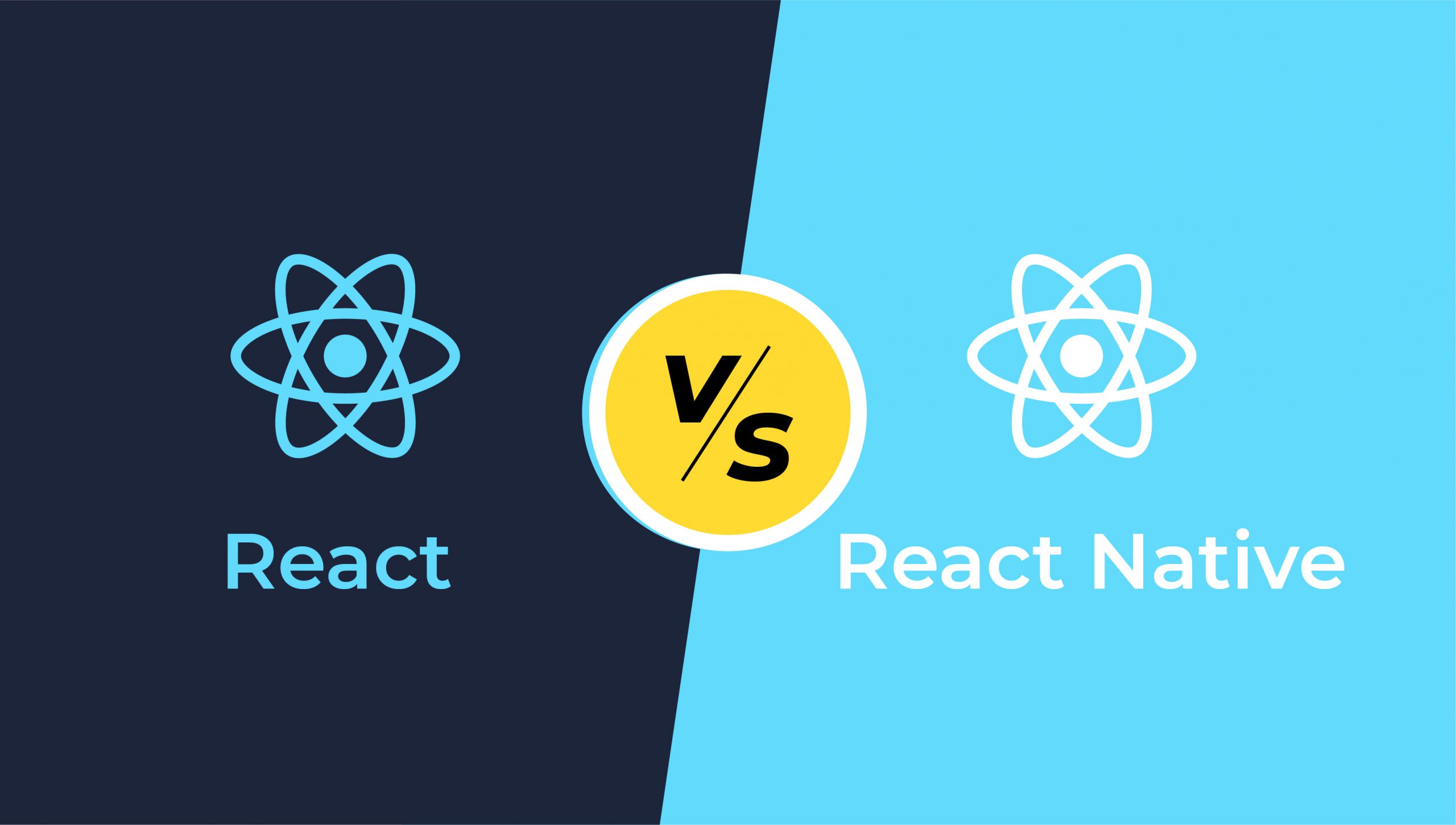Introduction:
In the ever-evolving world of mobile app development, React has emerged as a game-changer, reshaping the way developers build intuitive and responsive mobile applications. This JavaScript library has gained immense popularity for its versatility and efficiency, making it a must-know tool for both aspiring and experienced developers. In this blog post, we'll explore how React is transforming mobile app development and why it's a crucial skill for modern developers.
Chapter 1: The Rise of React in Mobile App Development
React, also known as React.js or ReactJS, is an open-source JavaScript library developed and maintained by Facebook. It has gained massive traction for a variety of reasons:
1.1 Component-Based Architecture
React is centered around a component-based architecture, allowing developers to break down complex user interfaces into smaller, reusable components. This approach enhances code maintainability, promotes reusability, and facilitates collaboration within development teams.
1.2 Virtual DOM
One of React's standout features is its Virtual DOM (Document Object Model). By creating a lightweight, virtual representation of the actual DOM, React optimizes performance by minimizing the number of direct manipulations to the DOM, resulting in faster rendering and smoother user experiences.
Chapter 2: React and Mobile App Development
2.1 Cross-Platform Development
React Native, a framework built on top of React, extends the library's capabilities to mobile app development. It empowers developers to create native mobile applications for both iOS and Android using a single codebase. This not only saves time but also ensures a consistent user experience across platforms.
2.2 Speed and Efficiency
React's ability to render user interfaces efficiently makes it a standout choice for mobile app development. The library's performance optimization, coupled with features like "Hot Reloading," significantly speeds up the development process, allowing developers to see immediate results when making changes.
Chapter 3: Learning React for Mobile App Development
3.1 Getting Started
To embark on your React mobile app development journey, you'll need to grasp the basics of React and JavaScript. Online tutorials, documentation, and courses are readily available to help you get started.
3.2 React Native
For mobile app development, it's essential to learn React Native, which builds upon the foundation of React. Understanding how to create components, manage state, and handle navigation in React Native is crucial for building successful mobile applications.
Chapter 4: The Future of Mobile App Development
As technology continues to evolve, React remains at the forefront of mobile app development. It offers a powerful, efficient, and adaptable solution for creating cross-platform applications, and its vibrant community ensures continuous support and innovation.
Conclusion:
React, the JavaScript library that has transformed web development, is now playing a pivotal role in mobile app development. With its component-based architecture, Virtual DOM, and the capabilities of React Native, React offers developers the tools they need to create high-performance, cross-platform mobile applications. As technology advances, React's influence in the mobile app development landscape is only set to grow, making it an essential skill for anyone looking to stay at the cutting edge of the tech industry. So, if you're ready to take your mobile app development skills to the next level, start learning React today and be part of this exciting revolution in the world of technology.








Comments
Post a Comment